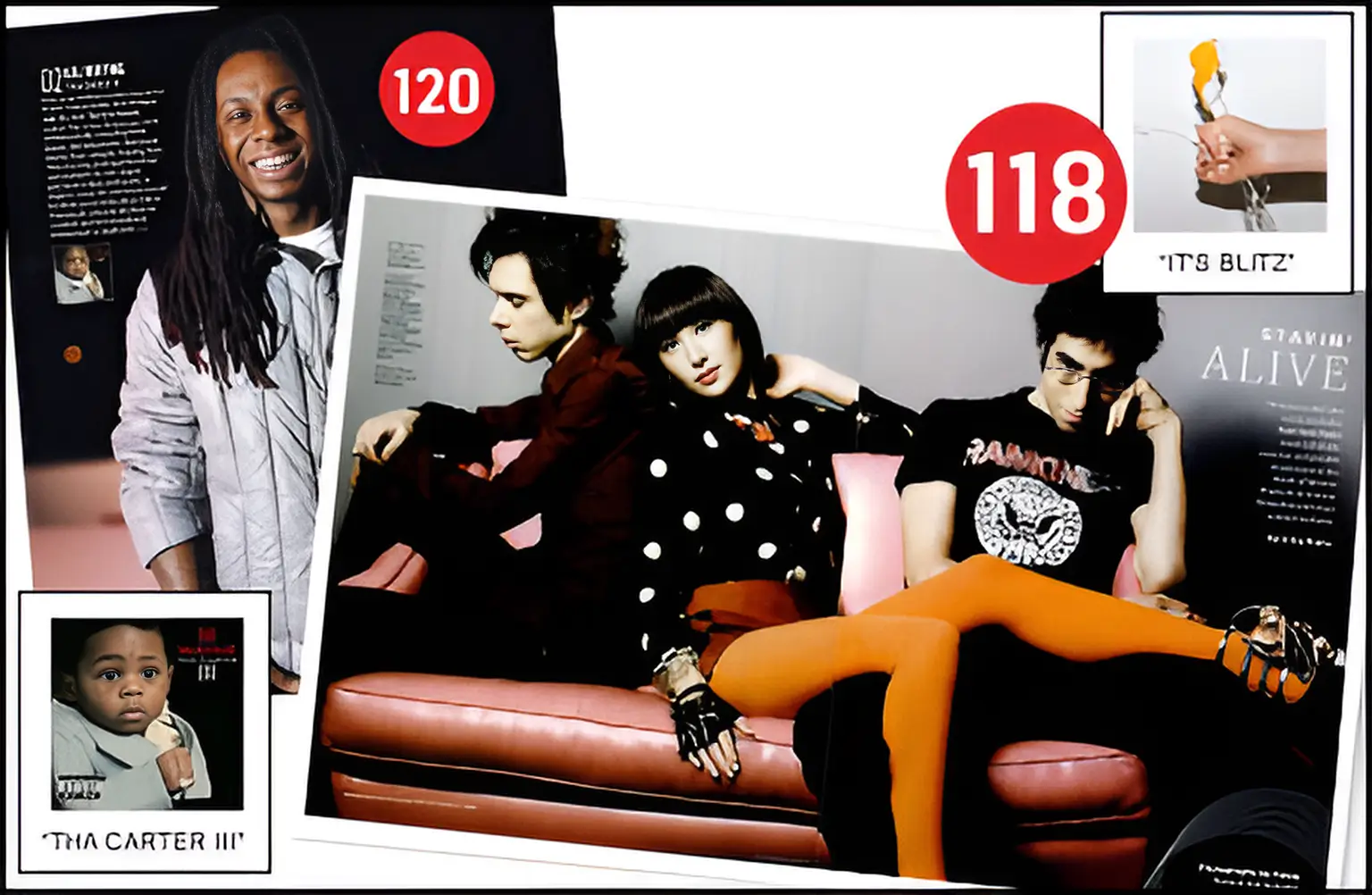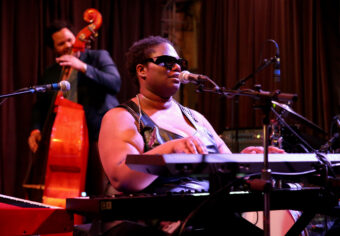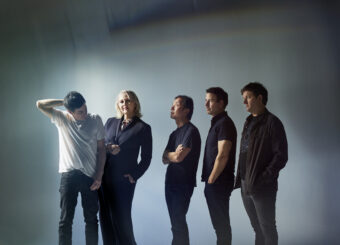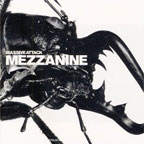
SPIN Archive on Google
– 50 Greatest Bands of All Time (February 2002)
– ‘Teardrops’ single review (August 1998)
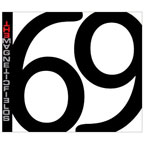
SPIN Archive on Google
– 69 Love Songs review (October 1999)
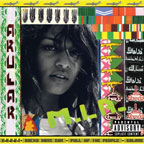
SPIN Archive on Google
– Arular review (March 2005)
– 40 Best Albums of 2005 (January 2006)
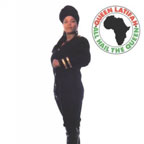
SPIN Archive on Google
– Queen Latifah profile (December 1991)
– Sound Bites (December 1993)
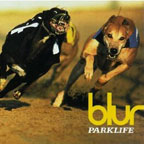
SPIN Archive on Google
– Parklife review (August 1994)
– Blur profile (September 1994)
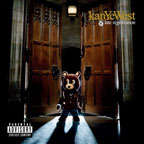
SPIN Archive on Google
– Late Registration review (September 2005)
– 40 Best Albums of 2005 (January 2006)
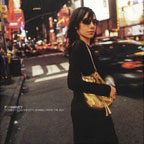
SPIN Archive on Google
– Stories from the City review (December 2000)
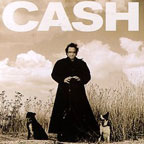
SPIN Archive on Google
– American Recordings review (June 1994)
– Walk the Line feature (December 2005)
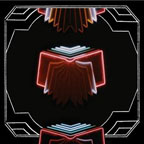
SPIN Archive on Google
– Neon Bible review (March 2007)
– Q&A With Bruce Springsteen (December 2007)
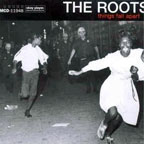
SPIN Archive on Google
– Things Fall Apart review (March 1999)
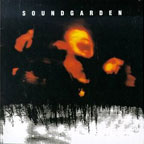
SPIN Archive on Google
– Soundgarden cover story (April 1994)
– Year-end Readers’ Poll (January 1995)
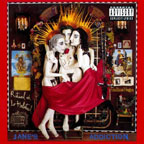
SPIN Archive on Google
– Jane’s Addiction profile (September 1990)
– Jane’s Addiction cover (June 1991)
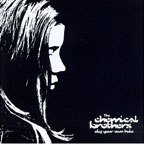
SPIN Archive on Google
– Dig Your Own Hole review (May 1997)
– Chemical Brothers feature (June 1997)
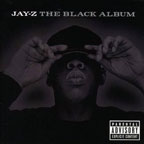
SPIN Archive on Google
– Rappers retiring (June 2004)
– Danger Mouse’s track-by-track rundown (May 2004)
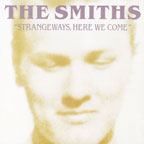
SPIN Archive on Google
– Morrissey cover (June 1988)
– Morrissey profile (April 1991)
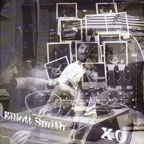
SPIN Archive on Google
– Elliott Smith (January 1999)
– Elliott Smith feature (February 2004)
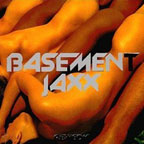
SPIN Archive on Google
– Greatest Albums of the ’90s (September 1999)
– Rooty review (references Remedy) (August 2001)
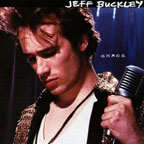
SPIN Archive on Google
– Grace review (October 1994)
– Reissues review (November 2004)
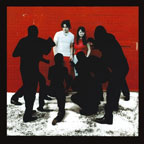
SPIN Archive on Google
– White Stripes oral history (September 2003)
– White Stripes cover story (October 2002)
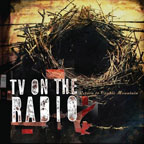
SPIN Archive on Google
– TVOTR feature (January 2007)
– TVOTR feature (August 2006)
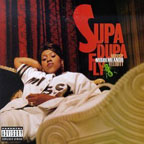
SPIN Archive on Google
– Top 40 Artists (May 1998)
– Missy Elliot feature (October 1997)
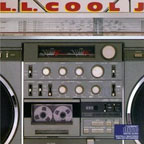
SPIN Archive on Google
– L.L. Cool J profile feature (September 1987)
– Kim Gordon interviews L.L. (September 1989)
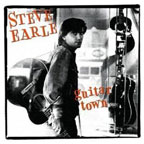
SPIN Archive on Google
– Guitar Town review (September, 1986)
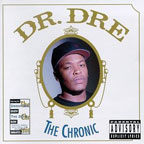
SPIN Archive on Google
– N.W.A. at Russian Tea Room (September 1991)
– Dr. Dre profile (January 1994)
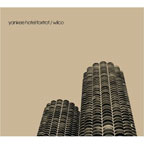
SPIN Archive on Google
– Yankee Hotel Foxtrot story (January 2003)
– Wilco cover story (August 2009)
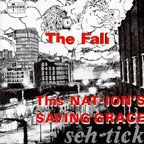
SPIN Archive on Google
– Fall profile (June 1986)
– Fall profile (October, 1993)
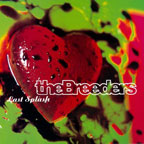
SPIN Archive on Google
– Last Splash review (September 1993)
– Kim Deal cover (July 1995)
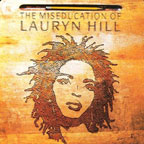
SPIN Archive on Google
– Artist of the Year (January 1999)
– Greatest Albums of the ’90s (September 1999)
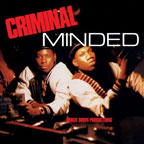
SPIN Archive on Google
– Singles column (May 1988)
– Boogie Down Productions Boogie Down Productions
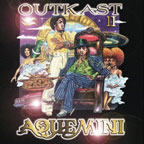
SPIN Archive on Google
– 100 Greatest Albums (September 1999)
– Outkast feature (December 2000)
– Rosa Parks lawsuit (July 1999)
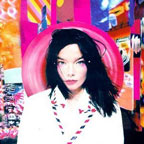
SPIN Archive on Google
– Post review (July 1995)
– 100 Greatest Albums (July 2005)
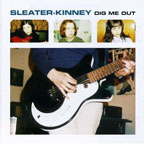
SPIN Archive on Google
– Dig Me Out review (July 1997)
– Sleater-Kinney feature (May 1997)
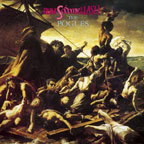
SPIN Archive on Google
– Pogues profile feature (June 1986)
– Review of the Pogues’ Peace and Love (September 1989)
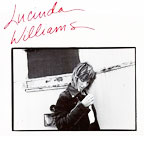
SPIN Archive on Google
– Lucinda Williams album review (March 1989)
– Lucinda Williams profile (July 1998)
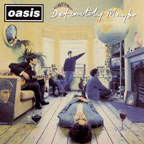
SPIN Archive on Google
– Oasis profile (February 1996)
– Oasis cover (October 1997)
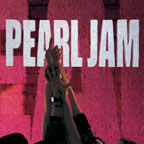
SPIN Archive on Google
– Pearl Jam cover (December 1993)
– Pearl Jam profile (May 1998)
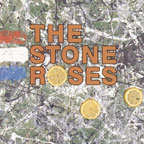
SPIN Archive on Google
– Stone Roses Q&A (March 1989)
– Stone Roses feature (June 1993)
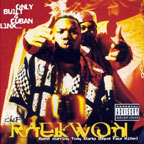
SPIN Archive on Google
– Wu Tang Clan feature (July 1997)
– Wu Tang Clan feature (December 2007)
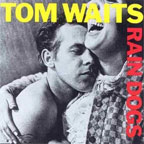
SPIN Archive on Google
– Waits Q&A (November 1985)
– Waits live review (December 1999)
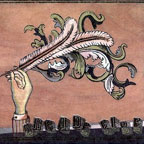
SPIN Archive on Google
– Arcade Fire article (January 2005)
– Arcade Fire live review (September 2006)
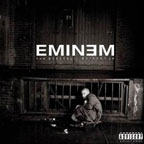
SPIN Archive on Google
– Eminem cover story (August 2000)
– Eminem interview (May 1999)
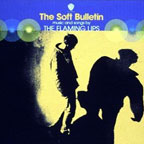
SPIN Archive on Google
– Soft Bulletin review (July 1999)
– Flaming Lips feature (August 2002)
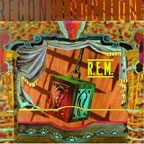
SPIN Archive on Google
– R.E.M. cover (October 1986)
– Fables review (July, 1985)
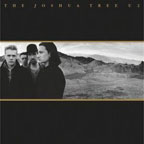
SPIN Archive on Google
– U2 Q&A (May 1985)
– U2 profile (June 1987)
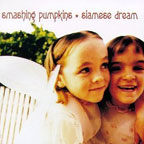
SPIN Archive on Google
– Siamese Dream review (August 1993)
– Smashing Pumpkins cover (November 1993)
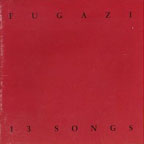
SPIN Archive on Google
– Fugazi profile (September 1991)
– In on the Killtaker review (September 1993)
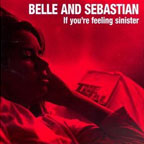
SPIN Archive on Google
– Album review (October 1997)
– Best Albums of the Year (January 1998)
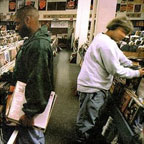
SPIN Archive on Google
– Entroducing review (January 1997)
– Greatest Albums of the ’90s (September 1999)

SPIN Archive on Google
– Elephant review (May 2003)
– Album of the Year (January 2004)
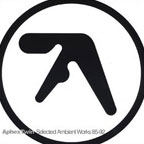
SPIN Archive on Google
– Aphex Twin profile (July 1993)
– Come to Daddy EP review (January 1998)
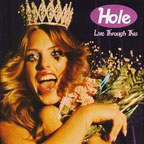
SPIN Archive on Google
– Live Through This review (May 1994)
– Hole cover story (February 1995)
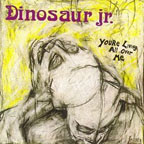
SPIN Archive on Google
– You’re Living All Over Me review (September, 1987)
– Dinosaur Jr. profile (August, 1989)
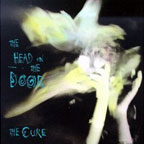
SPIN Archive on Google
– Cure profile feature (July 1987)
– Reissue review (September 2006)
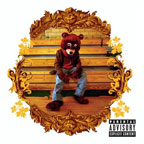
SPIN Archive on Google
– Kanye West profile (February 2004)
– Best of The Year (January 2005)
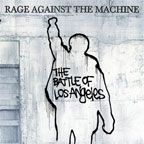
SPIN Archive on Google
– 100 Greatest Albums (July 2005)
– Rage Aginst the Machine feature (March 2000)
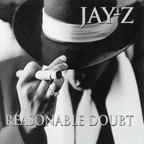
SPIN Archive on Google
– Gangsta Rap feature (May 2004)
– Jay-Z review (Feb 1998)
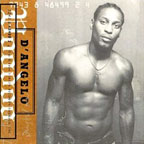
SPIN Archive on Google
– 100 Greatest Albums (July 2005)
– D’Angelo feature (February 2000)
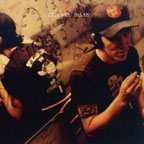
SPIN Archive on Google
– Elliott Smith feature (January 1999)
– Top 40 Artists (May 1998)
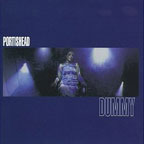
SPIN Archive on Google
– Portishead profile (February 1995)
– Dummy review (November 1994)
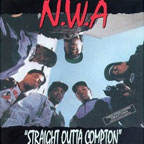
SPIN Archive on Google
– Hip-hop & violence roundtable (August 1989)
– Sinead O’Connor talks about N.W.A. (November 1991)

SPIN Archive on Google
– Black Francis Q&A (August 1988)
– New Kids/Pixies essay (December 1990)
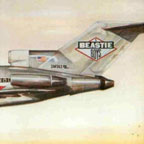
SPIN Archive on Google
– Beastie Boys profile (July 1985)
– Beastie Boys profile (October 1989)
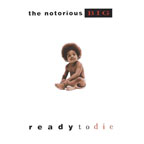
SPIN Archive on Google
– Notorious B.I.G. profile (February 1995)
– Notorious B.I.G. cover (January 1998)
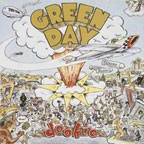
SPIN Archive on Google
– Green Day profile (September 1994)
– Green Day cover (December 1995)
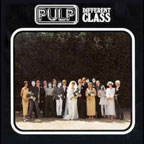
SPIN Archive on Google
– Different Class review (March 1996)
– Greatest albums of the ’90s (September 1999)
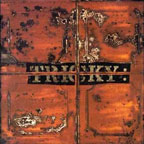
SPIN Archive on Google
– Maxinquaye (June 1995)
– Tricky feature (December 1996)
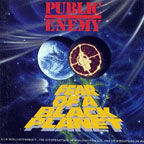
SPIN Archive on Google
– Public Enemy profile (September 1990)
– Public Enemy Q&A (September 1989)
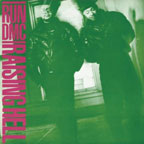
SPIN Archive on Google
– Run D.M.C. profile (August 1986)
– Run D.M.C. cover (May 1988)
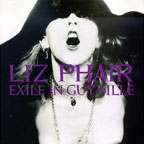
SPIN Archive on Google
– Liz Phair live review (July 1994)
– Exile in Guyville review (April 1993)
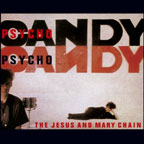
SPIN Archive on Google
– Song Review (July 1985)
– JAMC feature (November 1985)
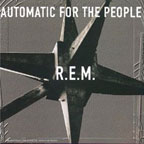
SPIN Archive on Google
– R.E.M. profile (November 1992)
– 90 Greatest Albums of the ’90s (September 1999)
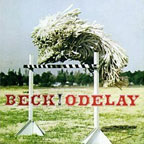
SPIN Archive on Google
– Odelay review (July 1996)
– Beck interview (August 1996)
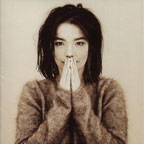
SPIN Archive on Google
– Björk profile (August 1993)
– Björk profile (September 1995)
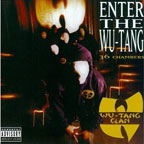
SPIN Archive on Google
– Wu-Tang Clan profile (July 1997)
– Across the Wuniverse feature (December 2007)
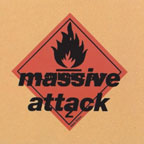
SPIN Archive on Google
– Massive Attack profile (July 1991)
– Blues Lines review (August 1991)
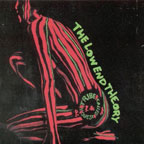
SPIN Archive on Google
– Singles column (April 1990)
– Tribe Called Quest feature (October 1991)
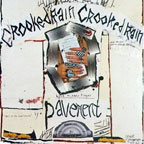
SPIN Archive on Google
– Crooked Rain, Crooked Rain review (March 1994)
– 90 Greatest Albums from the ’90s (September 1990)
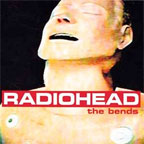
SPIN Archive on Google
– Radiohead feature (May 1996)
– Radiohead profile (Jan 1998)
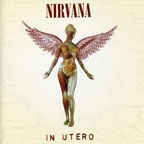
SPIN Archive on Google
– Thurston Moore talks Nirvana (July 1992)
– 90 Best Albums of the ’90s (September 1999)
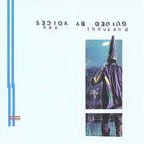
SPIN Archive on Google
– Bee Thousand review (July 1994)
– Guide to Essential Indie Rock (March 2003)
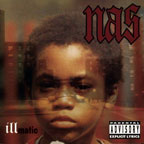
SPIN Archive on Google
– Nas profile (June 1999)
– 100 Greatest Albums (July 2005)
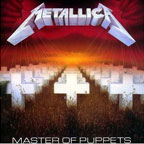
SPIN Archive on Google
– Master of Puppets review (July 1986)
– Metallica profile feature (August 1986)
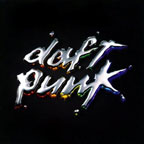
SPIN Archive on Google
– Daft Punk Q&A (May 2001)
– Discovery review (June 2001)
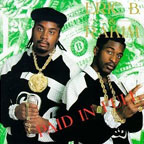
SPIN Archive on Google
– Paid in Full review (September 1987)
– 100 Greatest Albums (July 2005)
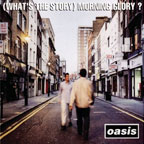
SPIN Archive on Google
– Noel Gallagher interview (October 2008)
– Essential Britpop (February 2003)
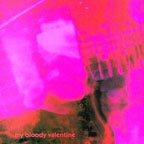
SPIN Archive on Google
– My Bloody Valentine profile (May 1989)
– Loveless review (December 1991)

SPIN Archive on Google
– Best Albums of the Year (January 2002)
– 100 Greatest Albums (July 2005)
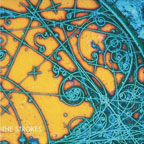
SPIN Archive on Google
– The New “It” Band (November 2001)
– Strokes feature (November 2003)
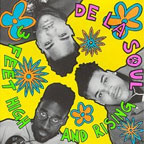
SPIN Archive on Google
– De La Soul profile (May 1989)
– De La Soul profile (May 1991)
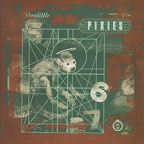
SPIN Archive on Google
– Doolittle review (June 1989)
– Pixies oral history (September 2004)
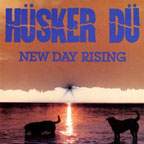
SPIN Archive on Google
– New Day Rising review (May 1985)
– The Ten That Matter Most (April 1995)

SPIN Archive on Google
– Beastie Boys profile (October 1989)
– Beastie Boys cover (May 1992)
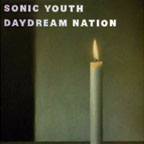
SPIN Archive on Google
– Sonic Youth profile (January, 1989)
– Sonic Youth Q&A (July, 1992)
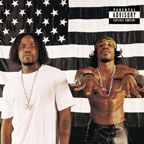
SPIN Archive on Google
– 50 Greatest Bands of All Time (February 2002)
– OutKast cover story (March 2001)
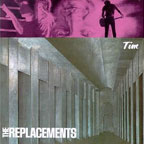
SPIN Archive on Google
– Replacements feature (April 1989)
– Tim review, 100 Greatest Albums list (July 2005)
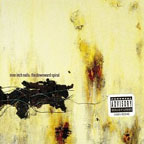
SPIN Archive on Google
– Downward Spiral review (May 1994)
– Trent Reznor cover (February 1996)
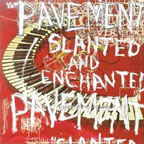
SPIN Archive on Google
– Single review (September 1991)
– Pavement profile (April 1994)
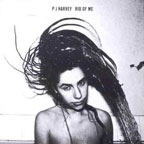
SPIN Archive on Google
– PJ Harvey profile (August 1993)
– PJ Harvey cover (May 1995)
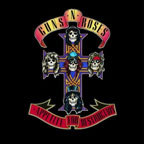
SPIN Archive on Google
– GNR profile (November 1990)
– GNR profile (September 1991)
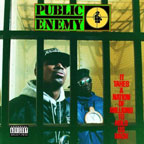
SPIN Archive on Google
– Chuck D Q&A (January 1988)
– PE profile feature (September 1989)
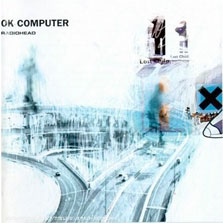
SPIN Archive on Google
– Q&A with Colin Greenwood (May 1998)
– Radiohead feature (January 1998)
– Chuck Klosterman review (July 2005)
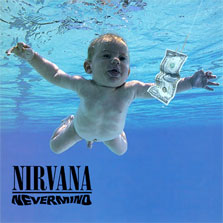
SPIN Archive on Google
– First Nirvana cover (January 1992)
– Posthumous tribute to Cobain (June 1994)
– Best Albums of the ’90s (September 1999)
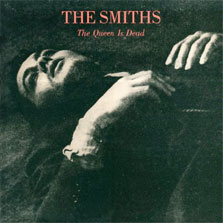
SPIN Archive on Google
– Smiths profile (June 1985)
– Queen is Dead review (August, 1986)
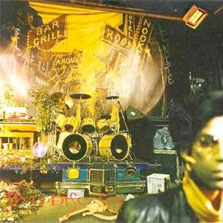
SPIN Archive on Google
– Sign O’ the Times review (May 1987)
– 100 Greatest Albums List (July 2005)
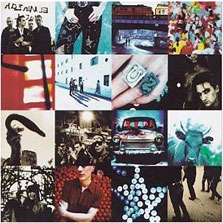
Instead, three years later they emerged with the album — Achtung Baby, cheekily titled as a nod to German reunification — that would energize their career and genetically engineer rock music into the hybridized mutant we know today. Initially recorded at Hansa Studios, a former SS ballroom near the reopened Berlin Wall (and later completed back home in Dublin), Achtung was an effort, stoked primarily by Bono and the Edge, to “deconstruct” the band and rewire it with jolts of beat-generated clutter and collage, nicked from industrial music, hip-hop, dance remixes, and the Madchester scene. That method almost collapsed the band — bassist Adam Clayton and drummer Larry Mullen Jr., as well as coproducer Daniel Lanois, were left bewildered and cranky.
But the frisson found expression in U2’s most immediately dynamic music since 1982’s War, and its most emotionally frank songs to date, capturing that particular early-’90s rub of boundless possibility and worn-down despair. Bono’s lyrical flights had a battered grit, like a defrocked cleric stirred to regain his flock without the usual trick bag of bullshit. “One” became an indelible anthem because it admitted “we’re not the same” but urged that we’ve gotta “carry each other” nonetheless. The squalling swagger of “The Fly” resonated due to the rock star at its center confessing he’s a liar and a thief. And for “Mysterious Ways,” the Edge somehow concocted a jubilantly snarling riff that transformed Bono’s gospel come-on so it didn’t feel gross the morning after.
Unlike Radiohead with OK Computer and Kid A, U2 took their post-industrial, trad-rock disillusionment not as a symbol of overall cultural malaise, but as a challenge to buck up and transcend. Their confessions of frailty and blindness amid murky atmospherics (no doubt egged on by coproducer Brian Eno) had an air of cleansing rather than whining. That the album trails off introspectively is brave in its own quiet way.
Though they continued to bumble through periods of bloat and self-delusion and irrelevance, U2 became the emblematic band of the alternative-rock era with Achtung Baby. Struggling to simultaneously embrace and blow up the world, they were never more inspirational. — Charles Aaron
SPIN Archive on Google
What Makes U2 Run?
Excerpt from the SPIN April 2009 Issue:
“The essence of the album was very spontaneous,” says guitarist the Edge. “You don’t want it to sound all fussed-with to the point where it’s impressive but ultimately doesn’t stand the test of time.” Read More
Getting Personal with the World’s Biggest Band
Excerpt from the SPIN December 2004 Issue:
“I think we weave God, sex, and politics together in a way that’s very unusual in white music,” explains Bono. “And I’m not saying this is a reason that someone should like our music, or that it proves we’re great… I hope that doesn’t sound arrogant.” Read More
Band of the Year
Excerpt from the SPIN January 2002 Issue:
“We were very conscious of wanting to be on the radio. We wanted to compete with what was going on around us, with the boy bands and with the Christinas and all that,” says drummer Larry Mullen. “There’s no point being in the ghetto. Unless we’re making music that’s vital and that people can hear, we’re wasting our time.” Read More
Defusing Their Own Myth
Excerpt from the SPIN March 1997 Issue:
“The most interesting stuff comes from people doing things they shouldn’t really be doing, acting outside of the boundaries of convention,” says the Edge. “I’m not in the least bit apologetic if people think we’re pretentious.” Read More
U2 on Tour
Excerpt from the SPIN July 1992 Issue:
“Someone tells me that Bono’s arm is killing him as a result of being pulled on all the time by overeager audience members. The price (sigh) of fame.” Read More
Defusing Their Own Myth
Excerpt from the SPIN January 1989 Issue:
“Everything I say becomes some sort of statement, something of vast importance,” says Bono. “I could go on stage, unzip my pants, and hang my dick out and people would think it was some statement about something.” Read More

